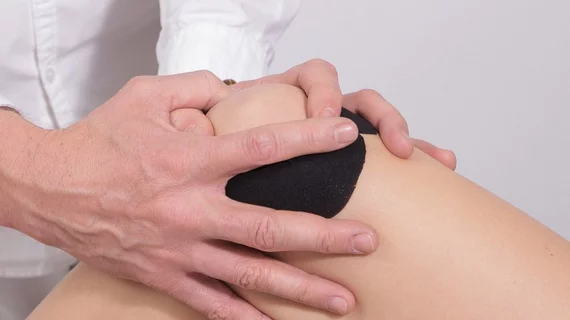New dual MRI, PET technology may improve osteoarthritis detection, therapy
Researchers from Stanford University may expand current treatment options for osteoarthritis patients by using dual MRI-PET technology to detect increased bone remodeling as an early marker of bone degeneration.
The research funded by the National Institute of Biomedical Imaging and Bioengineering (NIBIB) may improve understanding of the relationship between bone remodeling and cartilage tissue structure, potentially leading to new disease modifying therapies and treatment, according to a recent report from the NIBIB.
The research was published online in the April issue of Osteoarthritis and Cartilage.
“This exciting study has demonstrated the potential of the advanced multi-modality imaging technology on providing critical information on bone degeneration non-invasively at an early stage,” said Guoying Liu, PhD, director of the NIBIB program in MRI and spectroscopy, in a prepared statement. “We are hopeful that such technology could lead to more accurate diagnosis and assessment of therapy, ultimately reducing overall health care costs due to osteoarthritis.”
The study involved researchers scanning both knees of 15 patients who had a surgically repaired anterior cruciate ligament (ACL) tear in one knee and a healthy knee. Dual MRI and PET scans of the injured and non-injured knee were then compared.
PET imaging allowed for the study of metabolic bone activity to analyze abnormal bone processes that occur after injury. MRI could detect early degenerative changes in cartilage tissue structure that occurs before actual cartilage tissue loss, according to the researchers.
Patients with injured knees were found to have a higher risk of developing osteoarthritis and imaging scans displayed that these patients had increased bone activity next to areas of early cartilage tissue degradation.
The researchers explained that together, dual MRI and PET technology can detect multiple, early and reversible signs of osteoarthritis. In the future, they hope this technology could be used as a diagnostic tool for the development and evolution of emerging bone-targeting therapies.

